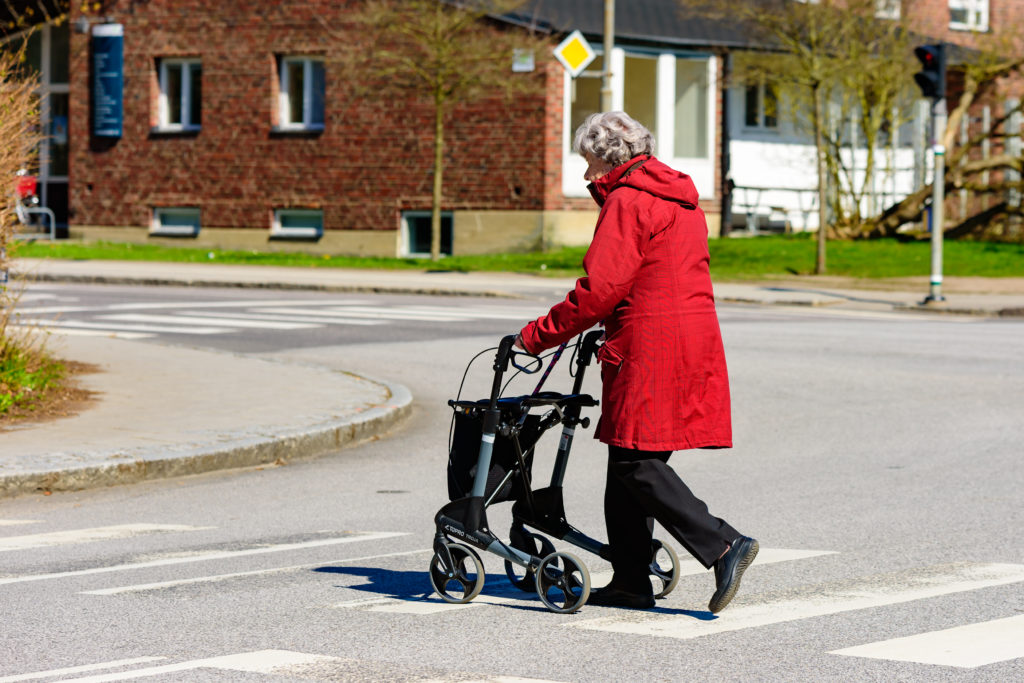
As the American population ages, a greater percentage of people will suffer from moderate to severe hearing loss. Research shows that older people also are at a higher risk of accidental injuries.
The confluence of these two trends piqued the epidemiological interest of Neil Bhattacharyya, MD, FACS, of the Brigham and Women’s Hospital Division of Otolaryngology. Dr. Bhattacharyya, along with Harrison W. Lin, MD, and Hossein Mahboubi, MD, both of the University of California, Irvine, investigated whether there was an association between hearing difficulty and accidental injuries. Their study was published in JAMA Otolaryngology–Head & Neck Surgery.
The study found an increased rate of accidental injuries is associated with self-reported, poorer-hearing adults, with leisure-related injuries being most notable. Those with “good” or “a little trouble” hearing were at higher risk for work-related injuries.
“While this was primarily an epidemiological study, there are also practical implications,” said Dr. Bhattacharyya, whose father’s age-related hearing loss prompted a personal, and professional, interest in the subject.
“In otolaryngology and other medical fields, we’re starting to take a closer look at the social consequences of hearing loss, including the tendency to withdraw from social activities and interpersonal communications,” he said. “Injuries are another important consequence deserving attention.”
In the study, Dr. Bhattacharyya and his colleagues used the National Health Interview Survey dataset as their data source. Hearing status among survey respondents was classified as “excellent,” “good,” “a little trouble hearing,” “moderate trouble hearing,” “a lot of trouble hearing,” and “deaf.” The main outcome variable was the occurrence of any accidental injuries within the previous three months. The type of injury was further classified as driving-related, work-related or leisure/sport-related.
The prevalence of accidental injuries was calculated and analyzed based on participant age, sex, marital status, education level, ethnicity, race and hearing status. Odds ratios were calculated for injuries based on the different degrees of hearing difficulty, adjusting for the above demographic variables.
Of the 6.6 million respondents who reported an accidental injury in the preceding three months, one out of six considered their hearing to be less than “excellent” or “good.” People who had a lot of trouble hearing were 1.9 times more likely to suffer from some type of injury than those with excellent hearing.
“This study also has implications beyond older adults,” Dr. Bhattacharyya said. “Data are emerging that show even younger adults are losing their hearing, most likely due to the increasing use of portable electronic headphones. We’re also looking at similar data on children, a population prone to accidents in general.”
“Hearing is an important warning mechanism that can alert us to dangers in our environment,” he added. “It’s always on, and unlike vision, it’s omnidirectional. Ultimately, hearing loss may be more consequential than one might think.”
From an epidemiological perspective, Dr. Bhattacharyya and his colleagues plan to continue semi-longitudinal analysis of data on hearing problems and injuries. From a clinical perspective, the Brigham will continue to focus on the issue. For example, audiologists at the Brigham are actively promoting awareness of the importance of screening for hearing loss.